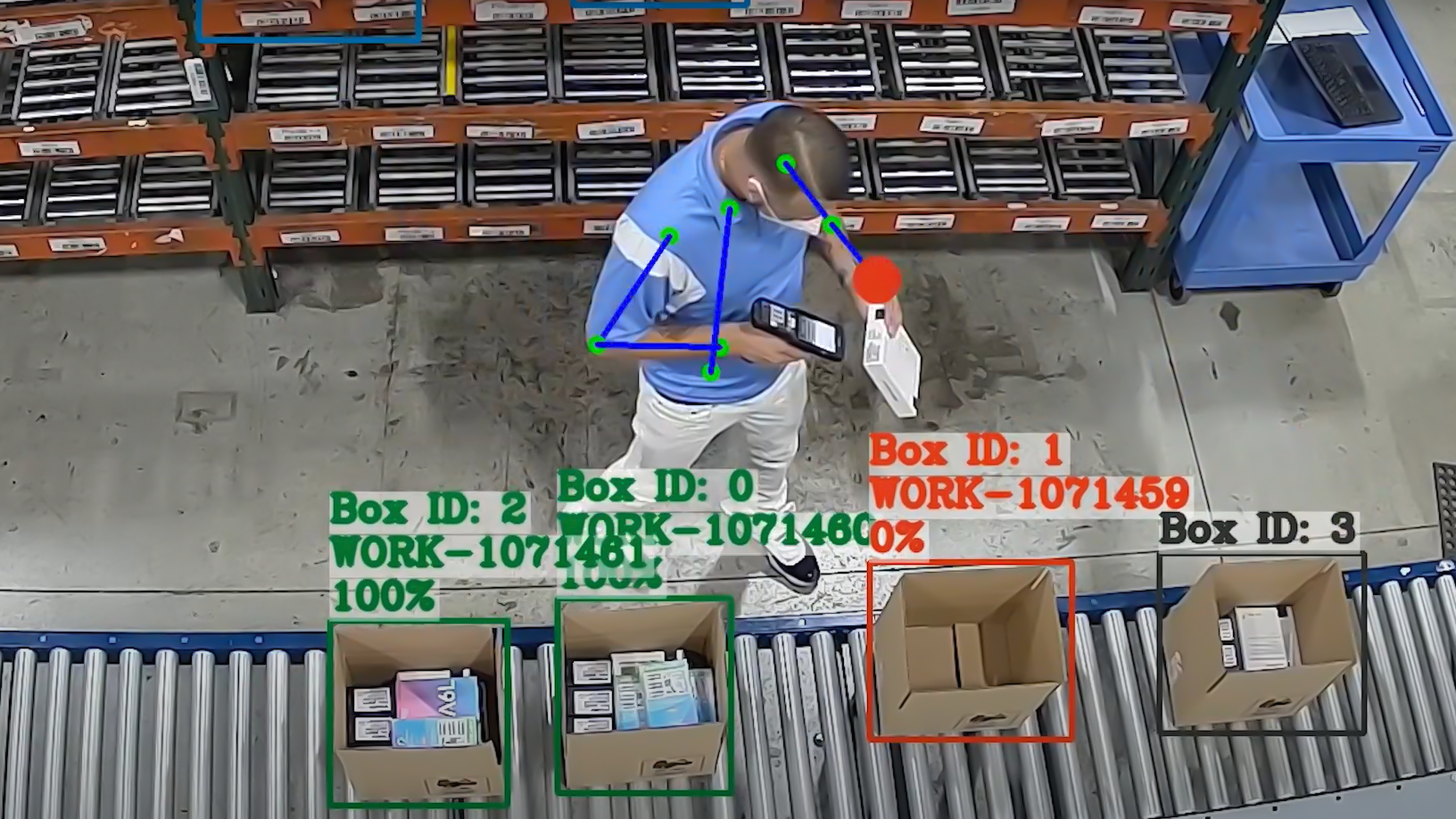Verizon partners with Microsoft Azure to deliver 5G mobile edge computing
Verizon has partnered with Microsoft to add Azure’s cloud-computing capabilities to its 5G Edge product, which provides mobile edge computing (MEC) solutions to enterprise customers.

Verizon and Microsoft Azure have announced a new partnership to create enterprise-ready mobile edge computing (MEC) platforms using Verizon’s on-site 5G Edge network integrated with Azure edge services.
Microsoft’s ‘intelligent cloud’ division – within which the Azure product sits – has performed well in recent years, with Microsoft announcing a 17% revenue increase for its Q2 2020 earnings to $13.4 billion. And companies already running Microsoft apps and services are more likely to choose Azure as their edge computing provider.
This was the case for logistics company Ice Mobility, which is already testing on Verizon’s on-site 5G Edge platform, integrated with Microsoft Azure.
“When I heard that [Verizon] were partnering with Microsoft, it kind of sealed the deal for me,” said Mike Mohr, CEO of Ice Mobility. “We have always been a Microsoft house for everything we do in our business, and so it became a natural selection at that point.
"We are especially excited to join Verizon and Microsoft to test how 5G and MEC can improve the quality assurance process."
Mike Mohr, Ice Mobility.
“We are especially excited to join Verizon and Microsoft to test how 5G and MEC can improve the quality assurance process,” Mohr explained. “They truly have listened to our needs to provide automated real-time quality oversight and feedback, which will enable us to cost-effectively launch unique new products, while maintaining the highest execution standards, significantly increasing throughput and reducing costs. And, this is just the beginning.”
Ice Mobility and MEC
Ice Mobility is using 5G and MEC to help with computer vision assisted product packing. By gathering data on product packing errors, in what is essentially real-time, the company has the potential to improve on-site quality assurance and save 15% to 30% in processing time.
“The goal is to make sure that the customers have the right product on their shelves when they need to sell it, and one of the ways we've always achieved this by making sure we double check every single shipment so that it has the right product in the box,” said Mohr.
Get up to speed with 5G, and discover the latest deals, news, and insight!
"These cameras are powered by the 5G network, matching the data for a particular order to what the high definition camera is looking at inside the box."
Mike Mohr, Ice Mobility.
“We're improving our quality control process through computer vision. We were able to do this by installing a high definition camera above every one of our pick lines. These cameras are powered by the 5G network, matching the data for a particular order to what the high definition camera is looking at inside the box. This validates that it's the right materials, and flags it up if it's not. The mech is that it literally knows the entire journey of the box.”
Applications incorporating computer vision, augmented, mixed and virtual reality, digital twins or machine learning can be enhanced with 5G and MEC on the customer’s premises, helping transform the way industries operate. And this collaboration between Verizon and Microsoft brings Azure’s cloud and edge capabilities together with Verizon’s on-site 5G Edge.
“By leveraging Verizon’s 5G network integrated with Microsoft’s cloud and edge capabilities, developers and businesses can benefit from fast, secure and reliable connections to deliver seamless digital experiences from massive industrial IoT workloads to precision medicine,” said Yousef Khalidi, corporate vice president Azure for Operators at Microsoft.
- The best 5G networks in the UK and US
- Why 5G small cells are vital for mmWave 5G
- Millimeter wave: the secret sauce behind 5G
- Get updates on the hottest 5G stocks
- We reveal the latest 5G use cases
- Discover the truth behind 5G dangers
- 5G towers: everything you need to know
Dan is a British journalist with 20 years of experience in the design and tech sectors, producing content for the likes of Microsoft, Adobe, Dell and The Sunday Times. In 2012 he helped launch the world's number one design blog, Creative Bloq. Dan is now editor-in-chief at 5Gradar, where he oversees news, insight and reviews, providing an invaluable resource for anyone looking to stay up-to-date with the key issues facing 5G.

